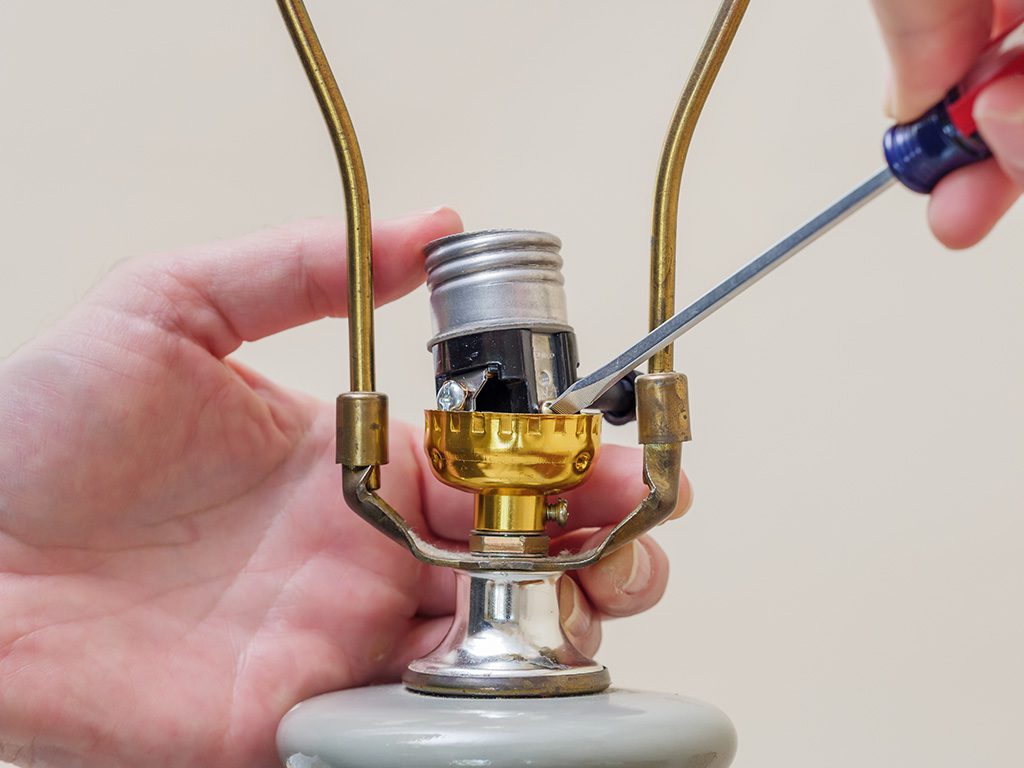So you go to turn on your lamp to find that it will not respond. The first thing you will need to do is identify the issue. Then you can determine whether you can DIY a fix, or whether you need to take it in to an expert who can Troubleshoot a lamp.
There are several steps to take in the troubleshooting process. This article will review what needs to be done.
Initial Assessment
The initial assessment involves the obvious. For example, you can switch out the lightbulb to see if it’s burned out. You can also plug another item into the outlet to determine if its working. If the problem doesn’t lie in the bulb or socket, it’s time to move on to step two.
Secondary Assessment
The secondary assessment requires you to unplug the lamp from the source to avoid hazards. Then look for visible problems with the lamp. For instance, it may be that your pet, or worse yet a rodent, chewed up the cord.
If the cord is in good condition, look at the switch. You may find that the switch feels loose or that it’s not making the sharp clicking sound it usually produces when you turn it on and off. If this is the case, you may need a new switch.
Replace the Switch
If the switch is the culprit, it could be an easy fix. If the switch is part of the cord, it will be attached by a small screw. Loosen the screw and check the wiring inside.
The splitter switch will have four wires, two wires from the plug end of the cord and two leading to the lamp. If all the wires are tightly connected and you don’t see any scorches or loose wiring, you may start looking at the lamp bulb holder.
If the bulb holder shows signs of loose wiring, tighten the wiring where necessary. Then replace the top of the switch cover and try turning on the lamp again. If it works, great. If not, you may have to move on to the bulb socket.
Troubleshooting the Bulb Socket
The first thing you will want to do in troubleshooting the bulb socket is to make sure the metal tab is not lying flat on the bottom. If it is, it may be that it’s not making contact with the bottom of the bulb. If that’s the case, pull it up to see if it needs an adjustment.
When lack of contact doesn’t seem to be causing your problem, you may need to replace the bulb socket entirely. Fortunately, sockets are not expensive, and they are easy to switch out.
A broken lamp is not ideal, but there are several fixes that can get your problems solved. If you have tried everything to Troubleshoot a Lamp and are still having issues, take it into A Lamp and Fixture. We will do what it takes to get your lamp working again.
Contact us for all your lamp and fixture needs.
Click to Learn More!


